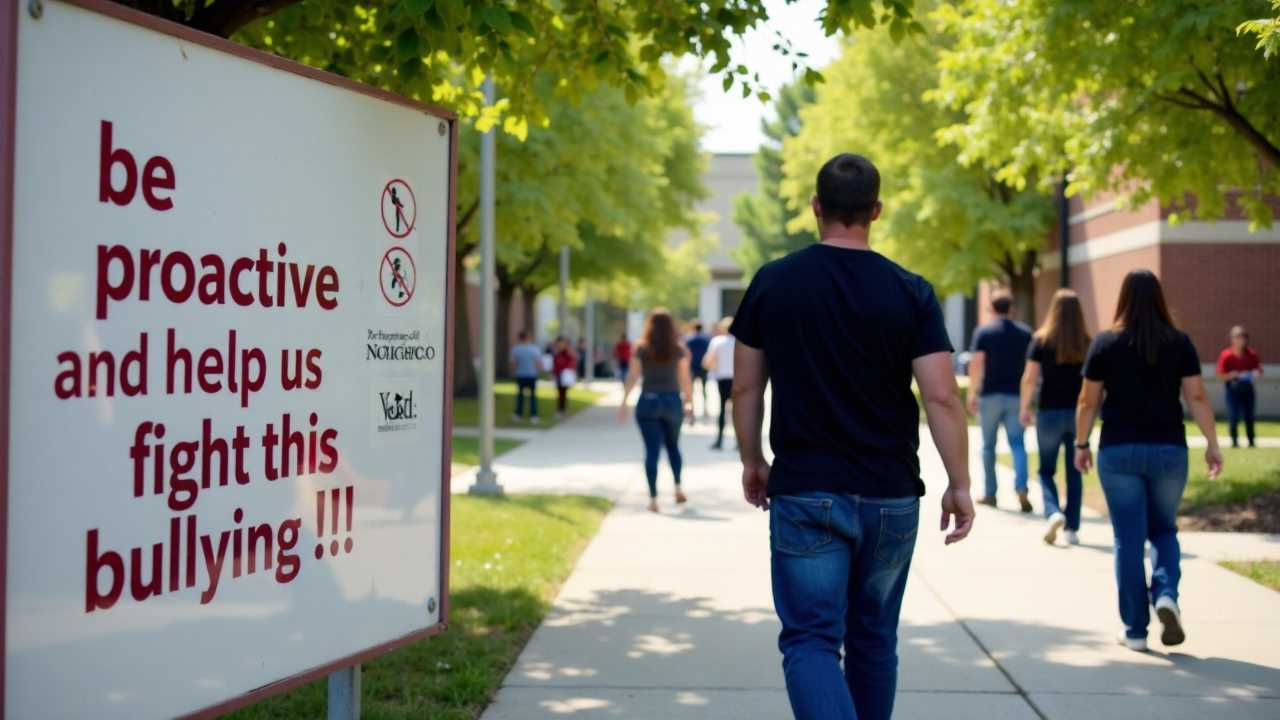
Understanding Middle School Bullying Prevention
Middle school is a pivotal time in a child's life, marked by significant social and emotional development. During these years, students often face challenges that can lead to bullying, both as victims and perpetrators. Middle school bullying prevention and coping strategies are essential to create a safe and supportive environment for all students. Schools must implement comprehensive approaches that include intervention programs, peer support, and social-emotional learning to effectively combat bullying.
Implementing Effective Intervention Programs
Intervention programs are critical in addressing bullying behaviors before they escalate. These programs should be evidence-based and tailored to the unique needs of the school community. Successful intervention programs often include training for teachers and staff to recognize signs of bullying and to respond appropriately.
For instance, training sessions can equip educators with the tools to facilitate discussions about bullying, helping students understand its impact. Programs that involve role-playing scenarios can also be beneficial, allowing students to practice conflict resolution skills in a safe setting. By fostering a culture of open communication, schools can empower students to report bullying incidents without fear of retaliation.
Fostering Peer Support Networks
Peer support plays a vital role in bullying prevention. When students feel connected to their peers, they are less likely to engage in or tolerate bullying behavior. Schools can create peer support networks that encourage students to look out for one another.
These networks can take various forms, such as buddy systems, where older students mentor younger ones, or peer-led workshops that focus on building empathy and understanding. By promoting positive relationships among students, schools can cultivate an environment where bullying is less likely to occur.
Conflict Resolution Strategies
Teaching conflict resolution strategies is another essential component of bullying prevention. Students should be equipped with the skills to resolve disagreements peacefully and constructively. Schools can implement programs that focus on communication skills, active listening, and negotiation techniques.
Workshops that simulate real-life conflicts can help students practice these skills in a controlled environment. By learning how to address conflicts without resorting to aggression, students can reduce the likelihood of bullying incidents.
The Role of Social-Emotional Learning
Social-emotional learning (SEL) is a foundational aspect of bullying prevention. SEL programs teach students to recognize and manage their emotions, set positive goals, show empathy for others, establish positive relationships, and make responsible decisions.
Integrating SEL into the curriculum can help students develop the emotional intelligence necessary to navigate social situations effectively. Schools can incorporate SEL activities into daily routines, such as morning meetings or advisory periods, to reinforce these skills consistently.
Creating a Safe Environment
A safe environment is paramount for effective bullying prevention. Schools must establish clear policies and procedures for addressing bullying incidents. This includes defining what constitutes bullying behavior and outlining the consequences for those who engage in it.
Creating a supportive atmosphere involves not only addressing bullying when it occurs but also promoting a culture of respect and inclusivity. Schools can host events that celebrate diversity and encourage students to appreciate one another's differences. By fostering a sense of belonging, schools can significantly reduce the prevalence of bullying.
Building Resilience Through Training
Resilience training is an effective strategy for helping students cope with bullying. Resilience refers to the ability to bounce back from adversity and maintain a positive outlook despite challenges. Schools can implement programs that focus on building resilience by teaching students coping strategies and problem-solving skills.
Activities that encourage self-reflection, goal-setting, and stress management can empower students to handle bullying situations more effectively. By equipping students with the tools to navigate difficult experiences, schools can help them develop a strong sense of self-worth and confidence.
Engaging Parents and the Community
Engaging parents and the broader community is essential for the success of bullying prevention initiatives. Schools should actively involve parents in discussions about bullying and provide resources to help them support their children. Workshops and informational sessions can educate parents about the signs of bullying and effective ways to address it.
Collaboration with community organizations can also enhance bullying prevention efforts. Local mental health services, youth organizations, and law enforcement can provide additional resources and support to schools. By working together, schools and communities can create a comprehensive approach to bullying prevention that extends beyond the classroom.
Monitoring and Evaluating Programs
To ensure the effectiveness of bullying prevention strategies, schools must continuously monitor and evaluate their programs. Collecting data on bullying incidents, student perceptions, and program participation can provide valuable insights into what is working and what needs improvement.
Regular assessments can help schools adjust their approaches based on the needs of their students. Feedback from students, parents, and staff can inform future initiatives and ensure that bullying prevention remains a priority.
 Careers in EducationElementary EducationHigh School EducationEducational TechnologyTeaching StrategiesSpecial EducationPrivacy PolicyTerms And Conditions
Careers in EducationElementary EducationHigh School EducationEducational TechnologyTeaching StrategiesSpecial EducationPrivacy PolicyTerms And Conditions
